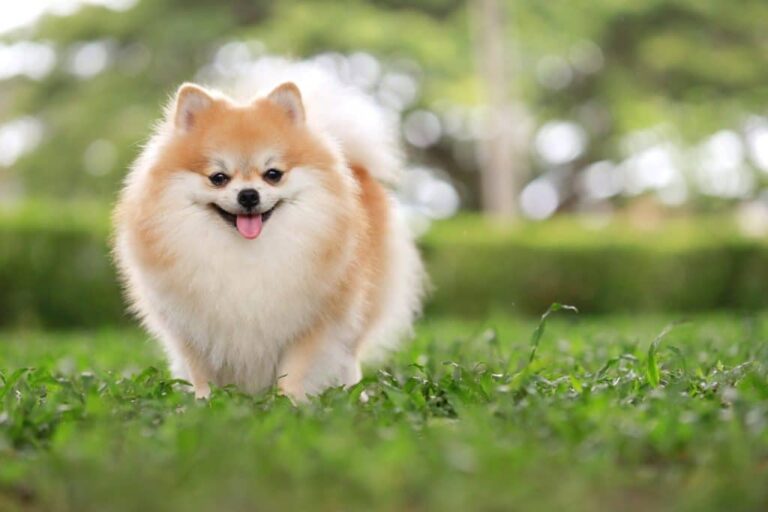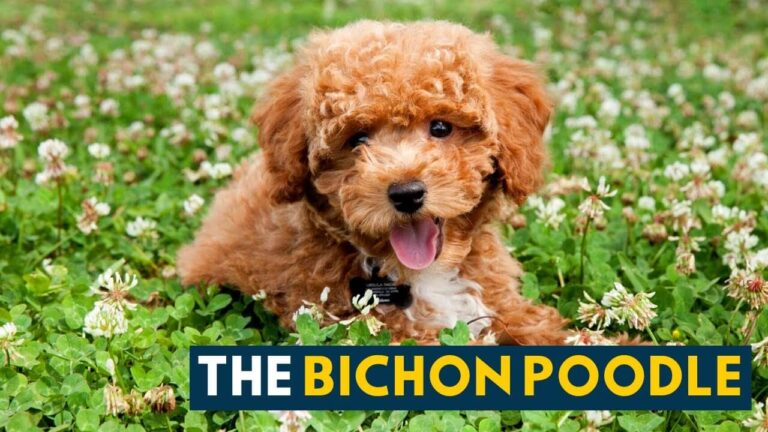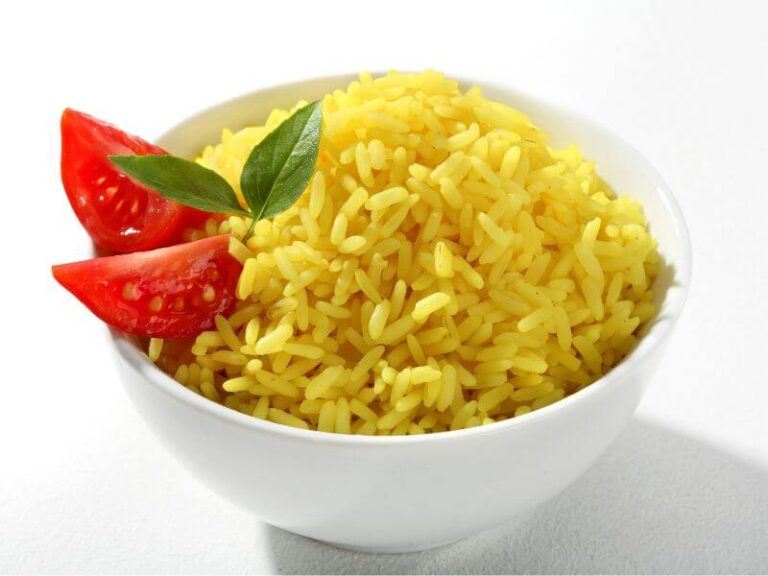Greyhound Dog Breed: Description, Temperament, Lifespan, & Facts
The Greyhound dog, renowned for its sleek physique and remarkable speed, is a breed with a storied history. Originally bred for hunting and racing, Greyhounds have transitioned into loving and gentle companions. Their ancient lineage traces back over 4,000 years, with depictions found in Egyptian tombs and ancient art. Known for their elegance and grace, Greyhounds have a loyal following and are celebrated for their quiet and calm demeanor.
Contents
- 1 Physical Characteristics of Greyhounds
- 2 Greyhound Temperament and Personality
- 3 Greyhound Lifespan and Health
- 4 Greyhound Exercise and Activity Needs
- 5 Training a Greyhound
- 6 Diet and Nutrition for Greyhounds
- 7 Grooming and Maintenance of Greyhounds
- 8 Adopting a Greyhound
- 9 Interesting Facts about Greyhounds
Physical Characteristics of Greyhounds

Size and Weight
Greyhounds are large dogs, with males typically standing between 28 to 30 inches tall at the shoulder and females slightly shorter at 27 to 28 inches. They generally weigh between 60 to 70 pounds, with females on the lighter end of the spectrum. Their build is muscular yet slender, optimized for speed and agility.
Coat and Color Variations
Greyhounds have a short, smooth coat that requires minimal grooming. They come in a variety of colors, including black, white, fawn, brindle, blue, and red. Some Greyhounds may have distinctive markings or patches, adding to their unique appearance.
Unique Physical Traits
The Greyhound’s most distinctive feature is its streamlined body, designed for high-speed pursuits. They possess a deep chest, long legs, and a narrow waist, all contributing to their aerodynamic shape. Their heads are long and narrow, with small, folded ears and bright, expressive eyes.
Greyhound Temperament and Personality
General Disposition
Greyhounds are known for their gentle and affectionate nature. They are often described as “45 mph couch potatoes” because of their love for lounging despite their racing history. These dogs are calm, laid-back, and enjoy the company of their human family.
Interaction with Families and Children
Greyhounds are excellent family pets. They are typically patient and gentle with children, making them a good choice for families. However, their size and speed mean they should be supervised around very young children to prevent accidental knocks.
Social Behavior with Other Pets
Greyhounds can coexist peacefully with other dogs, especially if they are socialized from a young age. However, their strong prey drive means that care should be taken when introducing them to smaller animals, such as cats and rabbits. Some Greyhounds can learn to live with these smaller pets, but supervision and gradual introductions are key.
Greyhound Lifespan and Health

Average Lifespan
Greyhound dogs have a lifespan of 10 to 14 years, which is typical for larger breeds. With proper care, many Greyhounds enjoy a healthy and active life well into their senior years.
Common Health Issues
While generally healthy, Greyhounds can be prone to certain health issues:
- Bloat: A life-threatening condition where the stomach twists, common in deep-chested breeds.
- Hip Dysplasia: A genetic condition affecting the hip joints, though less common in Greyhounds compared to other large breeds.
- Hypothyroidism: A condition where the thyroid gland does not produce enough hormones, leading to weight gain and lethargy.
- Osteosarcoma: A type of bone cancer that Greyhounds can be susceptible to.
Preventative Health Care Tips
Regular veterinary check-ups are essential to monitor and maintain a Greyhound’s health. A balanced diet, regular exercise, and prompt attention to any signs of illness can help prevent many common health issues. Owners should also be aware of the risk of bloat and take steps to minimize this risk, such as feeding smaller, more frequent meals and avoiding vigorous exercise immediately after eating.
Greyhound Exercise and Activity Needs
Exercise Requirements
Despite their racing heritage, Greyhounds do not require excessive amounts of exercise. A couple of brisk walks or runs each day, along with some playtime, are usually sufficient. They enjoy sprinting but do not need to run for long periods.
Suitable Activities for Greyhounds
Greyhounds enjoy various activities, including:
- Leashed Walks: Ideal for their exercise needs and bonding with their owners.
- Sprints in Secure Areas: Greyhounds love short bursts of running, so a secure, fenced area where they can safely run is perfect.
- Interactive Play: Games like fetch or chasing toys can provide mental and physical stimulation.
Indoor vs. Outdoor Needs
While Greyhounds enjoy outdoor activities, they are equally content lounging indoors. They are sensitive to extreme temperatures, so they should have a comfortable indoor space to retreat to in hot or cold weather.
Training a Greyhound
Training Tips and Techniques
Training a Greyhound requires patience and positive reinforcement. They respond well to gentle, consistent training methods. Using treats and praise can help reinforce good behavior. Socialization from a young age is crucial to help them adapt to various environments and situations.
Socialization Practices
Early socialization helps Greyhounds become well-adjusted adults. Exposing them to different people, places, and other animals can reduce anxiety and behavioral issues. Puppy classes and controlled playdates can be beneficial.
Common Behavioral Challenges
Greyhounds may exhibit certain behaviors that need addressing:
- Separation Anxiety: Due to their bond with their owners, some Greyhounds may become anxious when left alone.
- Prey Drive: Their instinct to chase can be strong, so training and secure environments are important.
- Sensitivity to Noise: Greyhounds can be sensitive to loud noises, requiring gradual desensitization.
Diet and Nutrition for Greyhounds
Nutritional Requirements
Greyhounds have specific dietary needs due to their unique physique. A balanced diet rich in high-quality proteins, healthy fats, and essential vitamins and minerals is crucial for their overall health and performance.
Recommended Food Types
Feeding a Greyhound a mix of dry kibble and wet food can provide a balanced diet. Look for dog food brands that list meat as the first ingredient and avoid fillers like corn and soy. Some owners opt for raw or home-cooked diets, but it’s essential to consult with a veterinarian or a canine nutritionist to ensure all nutritional needs are met.
Feeding Schedule and Portions
Greyhounds typically do well with two meals per day. The portion size should be adjusted based on the dog’s age, weight, activity level, and overall health. Monitoring their weight and adjusting portions accordingly can help maintain a healthy physique.
Grooming and Maintenance of Greyhounds
Grooming Requirements
Greyhounds are low-maintenance when it comes to grooming. Their short coats shed minimally and only require occasional brushing to remove loose hair and keep their skin healthy.
Bathing and Brushing Tips
Bathing a Greyhound every few months or as needed is sufficient. Use a gentle dog shampoo to avoid drying out their skin. Regular brushing with a soft-bristle brush or grooming mitt can help keep their coat shiny and free of dirt.
Nail, Teeth, and Ear Care
- Nails: Regular trimming is necessary to prevent overgrowth and discomfort. Monthly trims are typically sufficient.
- Teeth: Daily brushing with a dog-specific toothpaste can help prevent dental issues. Dental chews and professional cleanings can also be beneficial.
- Ears: Check and clean their ears weekly to prevent infections. Use a vet-recommended ear cleaner and cotton balls to gently wipe the ear canal.
Adopting a Greyhound
Where to Adopt
There are many organizations dedicated to Greyhound adoption, including:
- Greyhound Adoption Agencies: Specialize in rehoming retired racing Greyhounds.
- Animal Shelters and Rescues: Often have Greyhounds available for adoption.
Adoption Process
The adoption process typically involves filling out an application, undergoing a home visit, and paying an adoption fee. Many organizations provide support and resources to help new owners integrate their Greyhound into their home.
Preparing Your Home for a Greyhound
Preparing your home for a Greyhound includes:
- Safe Space: Provide a comfortable, quiet area where your Greyhound can relax.
- Secure Yard: Ensure your yard is securely fenced to prevent escapes.
- Supplies: Gather necessary supplies like a bed, food and water bowls, leash, collar, and toys.
Interesting Facts about Greyhounds
Historical Roles and Contributions
Greyhounds have a rich history as hunting dogs and companions to nobility. They were prized for their speed and hunting prowess, often depicted in ancient art and literature.
Modern Uses and Roles
Today, Greyhounds are beloved pets and therapy dogs. Their calm nature makes them excellent companions for individuals seeking a gentle and loyal friend.
Fun and Quirky Traits
- Speed: Greyhounds can reach speeds of up to 45 mph, making them one of the fastest dog breeds.
- Sighthound Abilities: Their keen eyesight allows them to spot movement from great distances.
- Sleep Habits: Despite their athletic abilities, Greyhounds love to sleep and can spend up to 18 hours a day resting.
Greyhound FAQs
Are Greyhounds good with children?
Yes, Greyhounds are typically gentle and patient with children, making them good family pets.
Do Greyhounds need a lot of exercise?
While they enjoy running, Greyhounds are low-maintenance when it comes to exercise and are content with a couple of daily walks.
Can Greyhounds live in apartments?
Yes, Greyhounds adapt well to apartment living as long as they receive regular exercise.
How long do Greyhounds live?
The average lifespan of a Greyhound is 10 to 14 years.
Conclusion
The Greyhound dog breed stands out for its blend of historical significance, elegant physical traits, and gentle temperament. Known as “45 mph couch potatoes,” Greyhounds require moderate exercise and are equally content lounging indoors, making them adaptable to various living situations. Their health, lifespan, and care needs are straightforward, though they do have some breed-specific health concerns that owners should be aware of.
Greyhounds make excellent companions for families and individuals alike, displaying patience with children and compatibility with other pets when properly socialized. Their low grooming requirements, affectionate nature, and unique personality traits make them a joy to own.
- Golden Retriever Pros and Cons: What Every Pet Parent Should Know - 15 September 2025
- Cane Corso Dog Breed: Health, Care, and Lifespan - 14 September 2025
- Catahoula Leopard Dogs: Description, Temperament, Lifespan, & Facts - 21 July 2025







